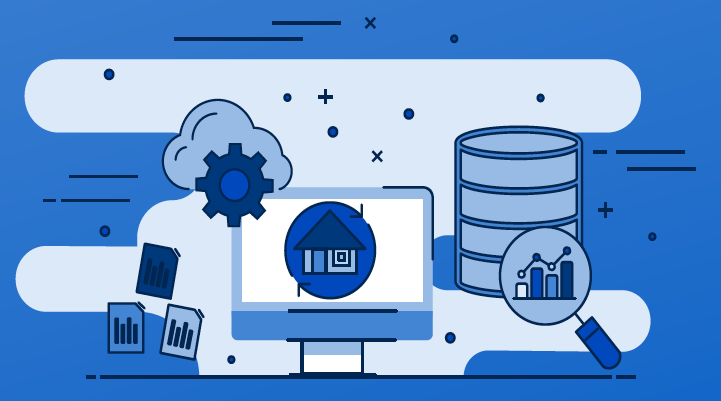Since planning is almost impossible without reporting and analysis capabilities, the integration of planning with reporting, analysis and dashboards is essential. This fact is reflected in the level of use of planning products for tasks besides planning.
The chart shows that standard/enterprise reporting, ad hoc query and reporting, and data analysis are the main requirements companies look for (besides planning) in planning products today. More than 70 percent of companies in our survey use their planning product for the three aforementioned tasks.
However, new requirements like dashboards/scorecards, financial consolidation, predictive analysis and data mining are also emerging as requirements for the future. As our “visual” age of charts, emoticons and infographics continues to permeate everyday activities, and insights from millions of records get condensed into a single icon, dashboards – as opposed to traditional reports – are certain to move up this chart.
Financial consolidation is not just a common requirement in group financial planning scenarios. There is often a need to not only consolidate actuals but also plan data to get a transparent, consolidated view on things at a group level.
Interestingly, 57 percent of respondents plan to use their planning product to perform predictive analysis and data mining at some point in the future. Established forecasting techniques provide companies with possibilities to automate forecasting processes and shorten or automate at least some parts of planning processes, especially for forecasting activities and ‘predictive planning’.
For further insights see The Planning Survey 17.






